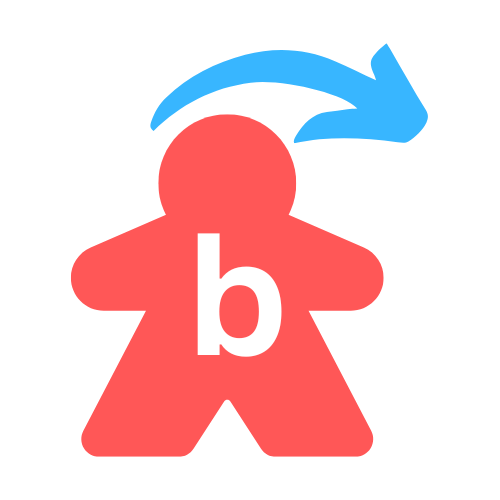
Why Experiential Learning Outperforms Traditional Training in Corporate Settings
Share
In today’s fast-paced business environment, companies invest heavily in corporate training. Yet, despite billions spent each year, research shows that traditional training methods often fail to deliver lasting results. Employees may sit through hours of lectures or slides, but retention is low, and practical application is limited.
This is where experiential learning comes in. Instead of focusing on theory alone, experiential learning places participants in realistic, hands-on scenarios — helping them develop skills they can immediately apply at work.
Traditional Training vs. Experiential Learning
Traditional corporate training typically looks like this:
- PowerPoint-heavy presentations
- One-way lectures
- Long reading materials or online courses
While these methods can deliver information, they don’t guarantee understanding, engagement, or behavior change. Employees often leave sessions with knowledge gaps and little motivation to apply what they’ve learned.
Experiential learning, on the other hand, is active. It’s learning by doing. Participants practice decision-making, problem-solving, and teamwork in a controlled environment that mirrors real workplace challenges.
The Benefits of Experiential Learning
-
Higher Retention Rates
Studies show that people retain up to 75% of what they practice, compared to just 5–10% from lectures. Hands-on training ensures knowledge sticks. -
Active Engagement
Games, simulations, and roleplays transform passive listeners into active participants. This creates excitement and motivation. -
Skill Application in Real Time
Instead of waiting to apply theory later, employees immediately test skills in a safe training environment. This shortens the gap between learning and performance. -
Better Collaboration and Communication
Team-based experiential learning develops soft skills that lectures simply can’t teach — like negotiation, persuasion, and problem-solving under pressure. -
Safe Failure
Making mistakes in a simulated environment allows employees to learn without costly real-world consequences.
Example: Project Management Training
Consider project management training.
In a traditional session, a trainer may present the five phases of a project lifecycle using slides. Learners take notes, but the concepts remain abstract.
In an experiential session, participants might be asked to plan a mock project, allocate resources, respond to unexpected events, and collaborate to complete objectives. The experience makes the training tangible and memorable — preparing them for the unpredictable nature of real projects.
Gamification: Bringing Experiential Learning to Life
One of the most effective ways to deliver experiential learning is through gamification. By using elements like challenges, competition, and rewards, gamified training keeps learners engaged and motivated.
For example, a project management board game can simulate real-world decisions:
- How to allocate limited resources
- How to respond to risks and unexpected client demands
- How to collaborate with team members to achieve success
This approach not only builds technical skills but also develops resilience, critical thinking, and adaptability — qualities every modern professional needs.
The Future of Corporate Training
As workplaces evolve, companies need training programs that go beyond theory. Experiential learning and gamification are no longer optional add-ons — they’re becoming essential strategies to build strong, capable, and motivated teams.
By shifting from lectures to interactive experiences, organizations unlock higher engagement, stronger retention, and better performance.
Final Thoughts
Traditional training has its place, but if you want lasting impact, experiential learning outperforms every time. When employees are immersed in real-life scenarios, they don’t just learn — they transform.
